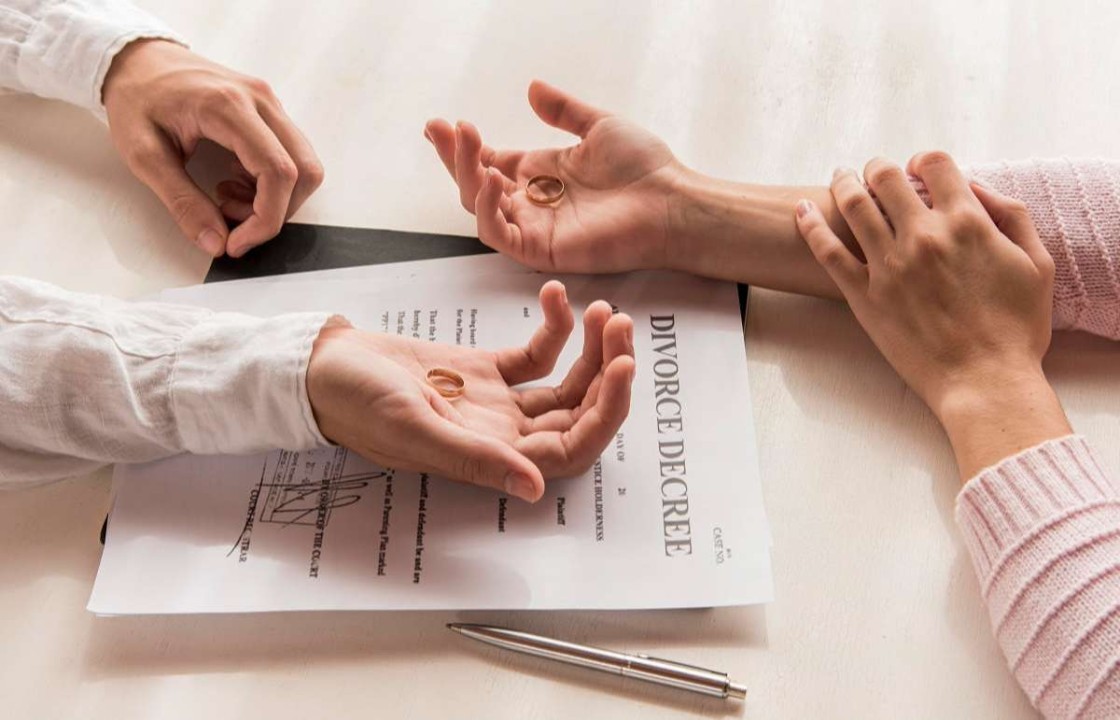When a vaccine causes a serious adverse reaction, people in New City often find themselves caught between complex federal rules and urgent medical needs. The good news: there’s a dedicated system for compensation, and there are clear legal avenues when negligence is involved. This guide explains how vaccine-related injuries are evaluated, how the federal claims process works, what proof is needed, and when lawsuits are still possible, plus why working with an experienced Vaccine Injury Lawyer New City can make a decisive difference. Find out more below about timelines, documentation, and the latest 2025 updates that affect claims.
Understanding how vaccine-related injuries are evaluated under federal law
Most vaccine injury claims in the United States fall under the National Childhood Vaccine Injury Act (NCVIA) and its compensation system, the Vaccine Injury Compensation Program (VICP). The VICP is a no-fault program: claimants don’t need to prove a company did something wrong: they need to show that a covered vaccine likely caused the injury.
Here’s how evaluation typically works:
- Covered vaccines and injuries: The program maintains a Vaccine Injury Table listing vaccines and certain injuries with onset windows. If a person’s condition matches a listed injury and timing, causation is presumed (unless another cause is more likely). Injuries not on the table can still be compensated with strong medical evidence.
- Causation standards: Claims rely on medical records and expert opinions demonstrating that a vaccine more likely than not caused the injury. Special masters, judicial officers in the U.S. Court of Federal Claims, assess reliability of scientific literature, biologic plausibility, and temporal association.
- Preemption and limits on lawsuits: Under Bruesewitz v. Wyeth and the NCVIA, most traditional design-defect lawsuits against vaccine manufacturers are preempted. Federal law channels claims through the VICP first, which is why understanding this system is critical.
- Alternative programs: For public health emergencies or certain countermeasures, claims may go to the Countermeasures Injury Compensation Program (CICP) instead of the VICP. The standards and benefits differ, so a claimant in New City needs to confirm which program applies.
Bottom line: before thinking about a civil lawsuit, most claimants must pursue the VICP. A Vaccine Injury Lawyer New City evaluates whether an injury is Table or non-Table, which program applies, and how to frame causation evidence for the strongest shot at compensation.
The Vaccine Injury Compensation Program and its claim process
The VICP is funded by a small excise tax on covered vaccines and is designed to be faster and less adversarial than civil litigation. Still, it’s a legal proceeding with precise steps and deadlines.
Key steps in a VICP claim:
- Filing the petition: The claimant (or their attorney) files a petition in the U.S. Court of Federal Claims. Respondent is the Secretary of Health and Human Services (HHS), represented by the Department of Justice (DOJ). Most petitions are filed electronically by counsel admitted to that court.
- Statute of limitations: Generally, claims must be filed within three years of the first symptom or manifestation of injury. For death claims, the limit is two years from death and within four years of the first symptom. These deadlines are strict, missing them can bar recovery.
- Initial review and Rule 4 report: After filing, HHS/DOJ reviews the records and files a report responding to the claim’s medical and legal merits. The special master may set a schedule for additional evidence and expert reports.
- Evidence development: Both sides exchange medical records, expert opinions, and relevant scientific literature. Many cases hinge on a clear timeline of symptoms and a persuasive mechanistic theory or epidemiologic support.
- Decision or settlement: Cases may resolve via entitlement decisions after hearing, or by negotiated settlement. If compensation is awarded, the program covers medical expenses, lost earnings, pain and suffering (capped at a statutory maximum), and, importantly, reasonable attorneys’ fees and costs, even when a case doesn’t eventually succeed, so long as it was filed in good faith with a reasonable basis.
- Appeals: Parties can seek review within the Court of Federal Claims and, in limited circumstances, appeal further to the Federal Circuit.
Practical timelines: While some straightforward Table injury claims can resolve in months, many cases take longer as experts weigh in and medical evidence is gathered. An experienced Vaccine Injury Lawyer New City can often streamline the process by front-loading the right records and narrowing issues early.
If a vaccine or circumstance isn’t covered by the VICP (for example, certain emergency countermeasures), the CICP might apply instead. That system has different benefits and procedures: counsel can help confirm the correct forum.
Documentation and expert review required to prove adverse reactions
Strong documentation is the backbone of any vaccine injury claim. Special masters decide based on the paper record as much as testimony, so thorough, organized evidence matters.
What to gather:
- Complete medical records: Pre- and post-vaccination notes, emergency visits, hospitalizations, specialist consultations, imaging, lab results, and diagnostic testing. Gaps in records invite doubt.
- Vaccination proof: Vaccine type, lot number (if available), site of administration, and date/time. Administration records help in shoulder injury cases (SIRVA) and timing analyses.
- Symptom timeline: A dated log of first symptoms, progression, and any triggering events. Even a simple journal or caregiver notes can help corroborate onset windows.
- Prior health history: Autoimmune disorders, prior infections, previous adverse events, and medications. These can be alternate causes, or help rule them out.
Role of experts:
- Causation experts (often neurologists, immunologists, or rheumatologists) explain biologic plausibility and temporal association. In non-Table cases, their opinions are essential.
- Life care planners and economists estimate future medical needs and lost earning capacity for damages calculations.
Practical tip: Claimants should avoid speculative language in records (“probably vaccine-related”) without a clear medical basis, but they also shouldn’t downplay symptoms. Precision and consistency build credibility. A Vaccine Injury Lawyer New City coordinates expert selection, crafts focused questions, and ensures the medical theory aligns with the facts and the latest literature.
Find out more by discussing, early on, which specialists to consult and what tests might bolster or undercut causation.
Legal options when manufacturers or providers are found negligent
The VICP is the primary route for compensation, but negligence claims can still exist in specific situations.
- Claims against manufacturers: Traditional design-defect claims are generally preempted. But, claims for manufacturing defects or failure to comply with FDA requirements may survive in rare circumstances, usually after the VICP process is exhausted. These cases are complex, expert-heavy, and often contested on preemption grounds.
- Claims against healthcare providers: If an injury results from negligent administration, wrong dose, wrong site, unsanitary technique, lack of informed consent, or failure to recognize and manage an adverse reaction, state medical malpractice law can apply. Many states require pre-suit notices, affidavits of merit, or medical review panels.
- Election of remedies: Under the NCVIA, claimants generally must file in the VICP first for covered vaccines. After that process concludes (or after certain time periods), they may elect to reject the VICP decision and pursue civil litigation where allowed.
Because these pathways are highly technical, and deadlines can run concurrently, engaging a Vaccine Injury Lawyer New City early helps preserve both the federal claim and any potential negligence action without tripping over procedural bars.
Recent 2025 developments in vaccine safety and reporting standards
Standards for monitoring vaccine safety continue to evolve, and 2025 brings incremental but meaningful changes claimants should note.
- Surveillance modernization: Federal agencies have been updating data pipelines and public dashboards for adverse event reporting. Expect continued usability improvements to systems like VAERS and expanded linkage with electronic health records to improve signal detection and follow-up quality.
- Guidance clarity: Agencies have emphasized clearer provider documentation of administration details (site, needle length, technique) due to the prevalence of administration-related injuries like SIRVA. Improved guidance helps both prevention and accurate claims evaluation.
- Table review activity: The Vaccine Injury Table is periodically reviewed through rulemaking. As of 2025, stakeholders continue to submit scientific evidence urging updates to onset windows and injury categories. Claimants should verify the current Table at filing, since changes can affect whether causation is presumed.
- Ongoing congressional attention: Lawmakers have signaled continued interest in resourcing the VICP to manage backlogs and in aligning countermeasure programs with more transparent benefits. While proposals vary, the trend points toward better timelines and clearer claimant guidance.
For people in New City, the practical takeaway is simple: evidence standards are tightening around precise documentation, and the systems reviewing that evidence are getting more data-driven. A lawyer who tracks these updates can calibrate strategy to the current rules, not last year’s.



